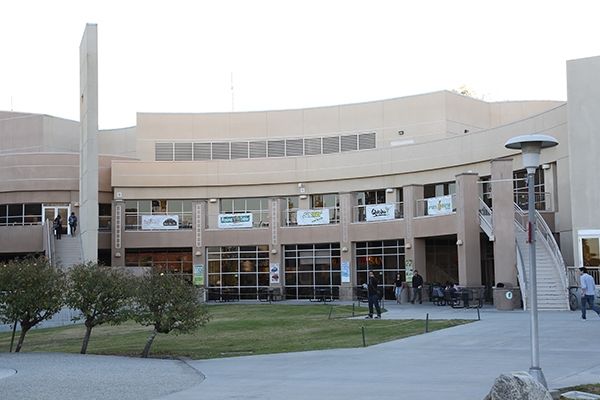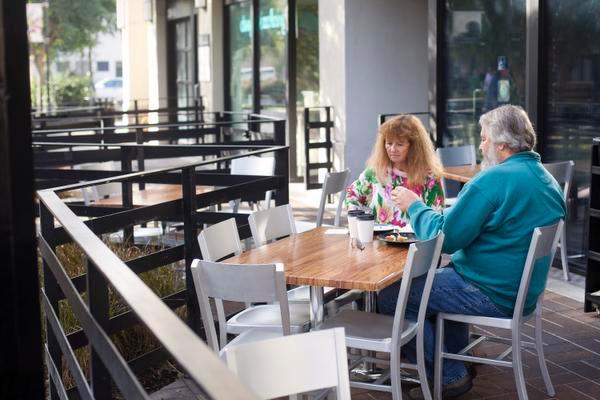It’s rare among us to go in for a checkup when there are no apparent signs of illness. However, you may be surprised!
Early detection can reveal asymptomatic and often life-threatening diseases generally not detectable by physical exams in preventing possible health risks that we may not be aware of.
Heart Savers is a pioneer of this technology. It is a state-of-the-art institute for heart, lung, and body imaging with a new focus on dermatology. The center is directed by Nazie Fallah who has over 20 years of experience in the diagnostic medical field and beauty therapy. She has been the director at Heart Savers since 2004 and manages every aspect of business as well as consultations; with the exception of medical decision makings. Alongside Nazie is a team
of highly trained professionals dedicated to
the highest degree of knowledge and
patient satisfaction.
Dr. Matthew J. Budoff is the medical director of Heart Savors. He is well known for his research and works on EBCT and is extensively involved in the primary and secondary prevention of cardiovascular disease.
Dr. Hossein Alimadadian is the director of cardiology at the center who has been a practicing cardiologist for 25 years. He is board certified in internal medicine, cardiovascular disease and interventional cardiology.
On the technical side there is Michael Sells. He is a Radiology Technologist who works with advanced systems such as 3D imaging to draw accurate readings from the procedures.
With such an outstanding team of professionals, Heart Savers uses only the highest technology for customer care.
The Electron Beam Computerized Tomography (EBCT) is the only FDA approved system that accurately images calcified plaque in the arteries. Moreover, it produces 30% less radiation exposure than conventional CT’s. According to Nazie, “There are only 6 or 7 health centers in all of southern California that carry this device”. This preventive systems’ painless yet effective procedure provides accurate results while reducing the risks of high- dose radiation. Methods of colonoscopy and invasive angiography, which are normally associated with extreme anxiety, are no longer an issue with EBCT. It does not require any tube insertions or lengthy procedures; hence patients won’t have to avoid regular checkups.
The Center for Cosmetic Dermatology and Laser (CCD) is the dermatology department at the center. It is equipped with the newest technology for various skin treatments run by a team of experts whose experiences are accountable.
Dr. John L. Peterson is the Medical Director of CCD whose long-term practice is greatly acknowledgeable. His clinical expertise is in general and cosmetic dermatology. He serves his patients best with the combination of his accomplishments and an ongoing devotion.
Janet Petterson is the Registered Nurse of CCD with over 25 years of experience. Her specialty in laser treatment and aesthetic dermatology is highly creditable. Her care for patients is her top quality that leads to outstanding results.
One of these advancements is LightSheer laser hair removal. It is a safe and effective method for removing unwanted hair for all skin types, including ethnic and tanned skin.
ClearLight is a gateway for a clear skin. It uses the Acne PhotoClearing (APC) technology to destroy the most common bacteria that causes acne. It is quick, painless, and effective on all skin types. ClearLight is UV safe with no known side effects, which makes this medical breakthrough a miracle worker.
SilkPeel Dermal lnfusion is a breakthrough treatment that combines exfoliation with deep delivery of skin-specific solutions to improve and revitalize your skin.
Last but not least the Intense Pulsed Light (IPL) technology corrects a variety of skin conditions such as facial skin imperfections, signs of photo aging, birthmarks, unwanted hair, unsightly small veins, and much more. This system provides superior cosmetic results that never fail.
The advanced dermatology and preventive body imaging at Heart Savers, located in the St. Joseph Medical Center in Irvine, is a safe and affordable breakthrough to most of your internal and external medical needs. Heart Savers is a step away from a healthier, happier, and more confident you!



